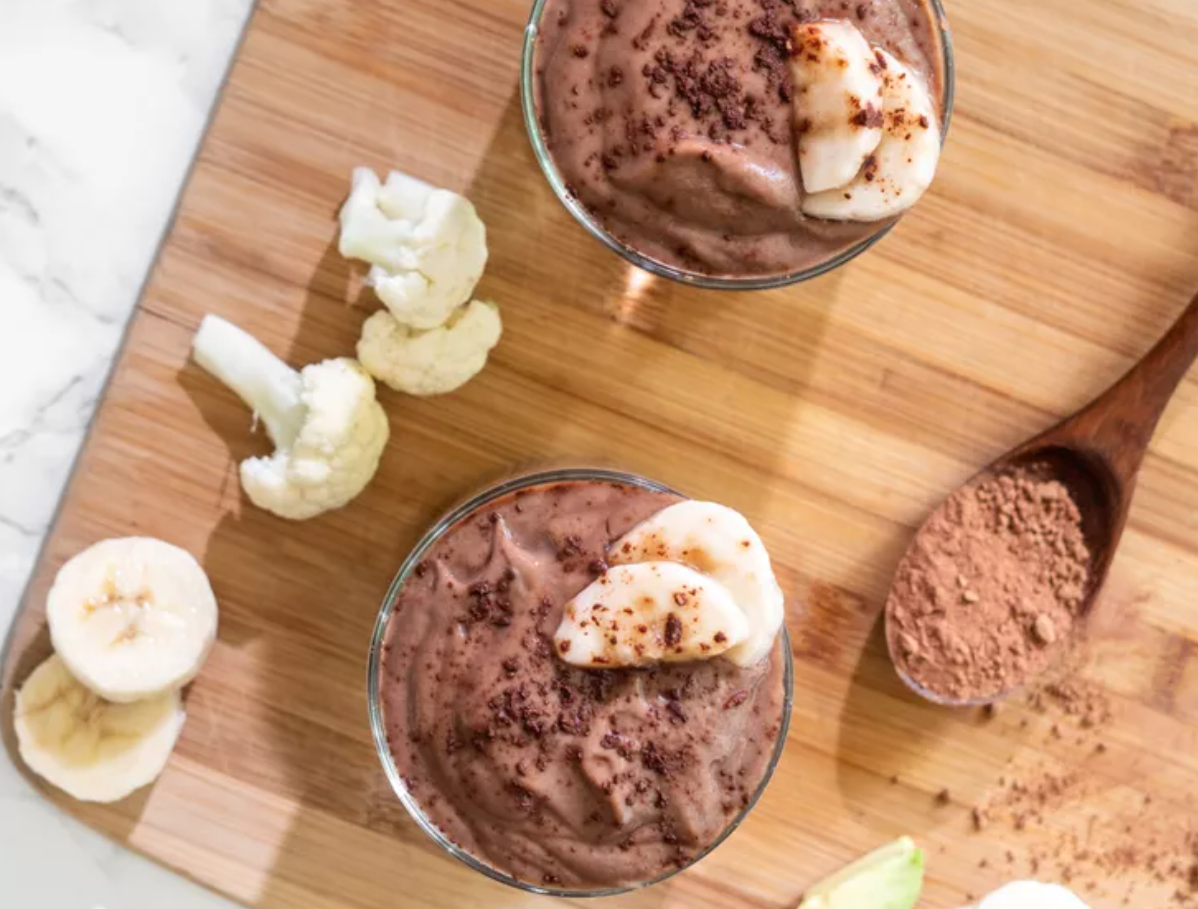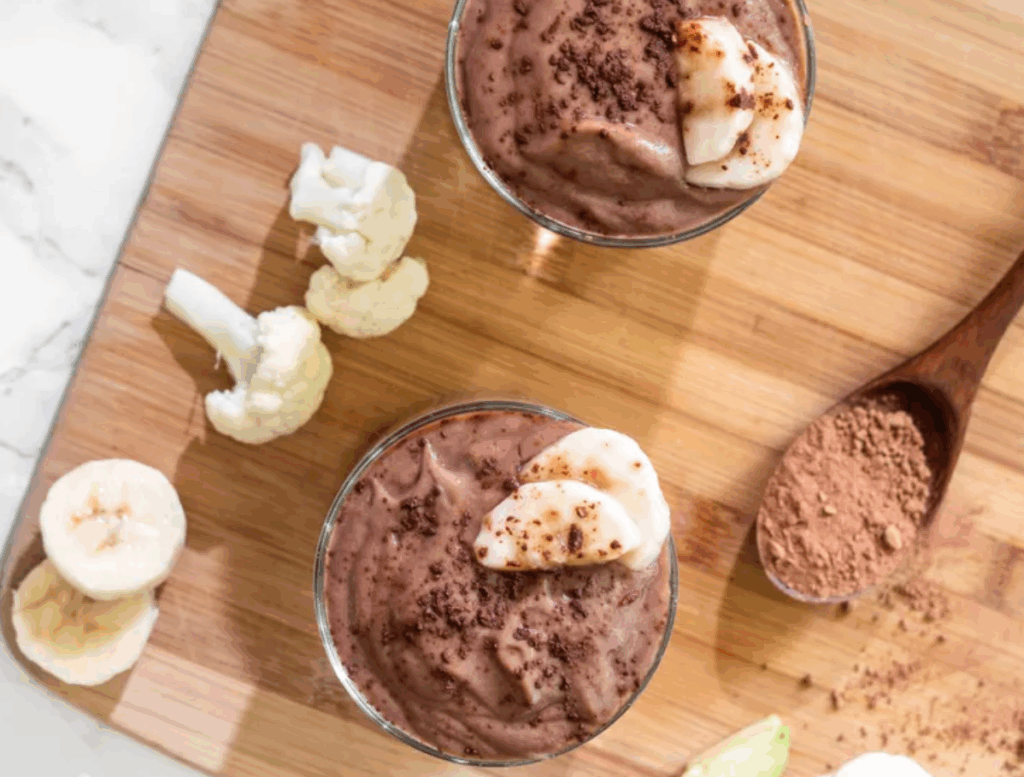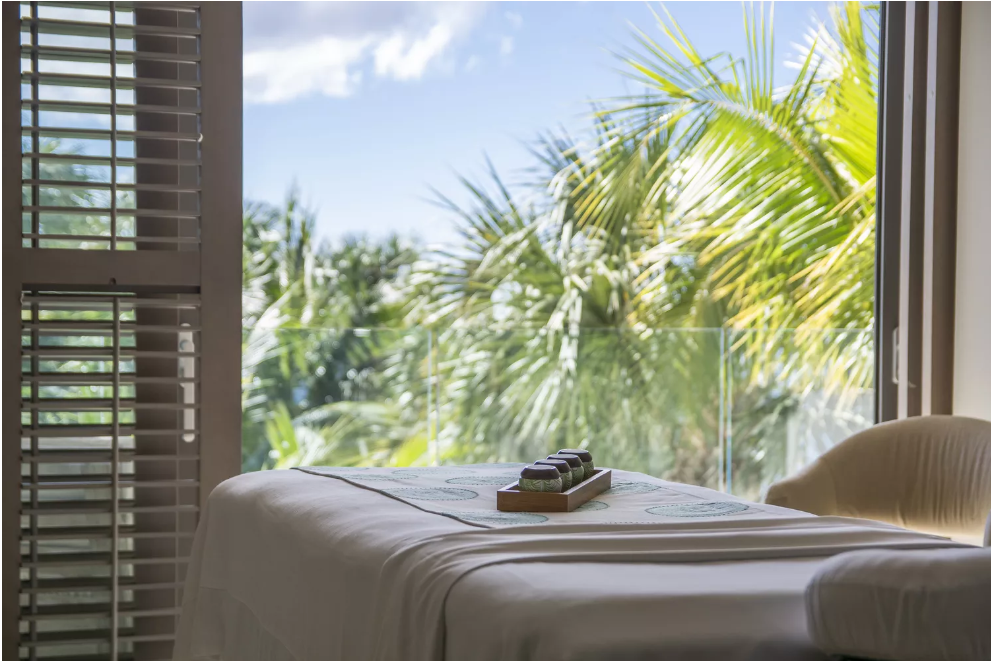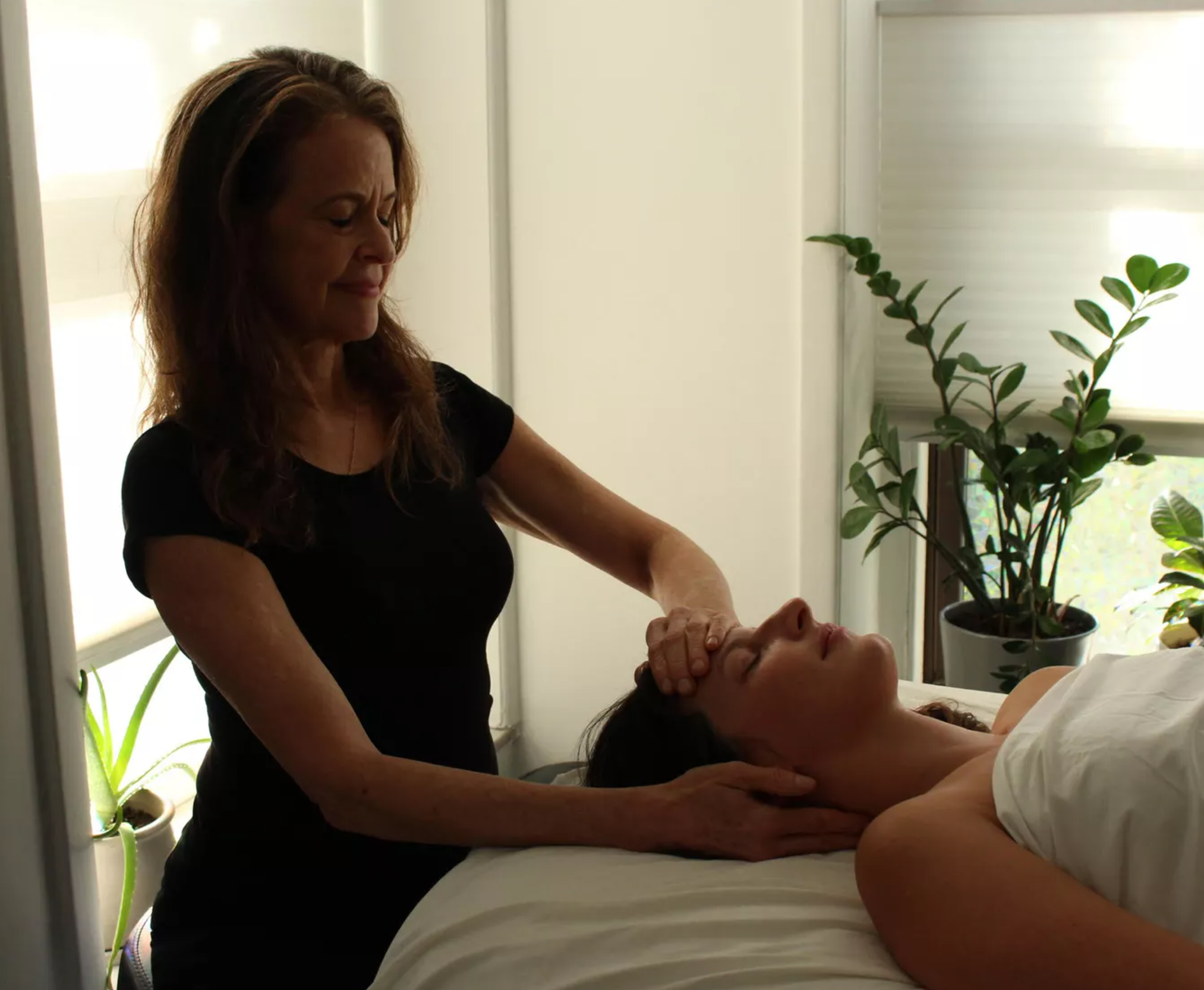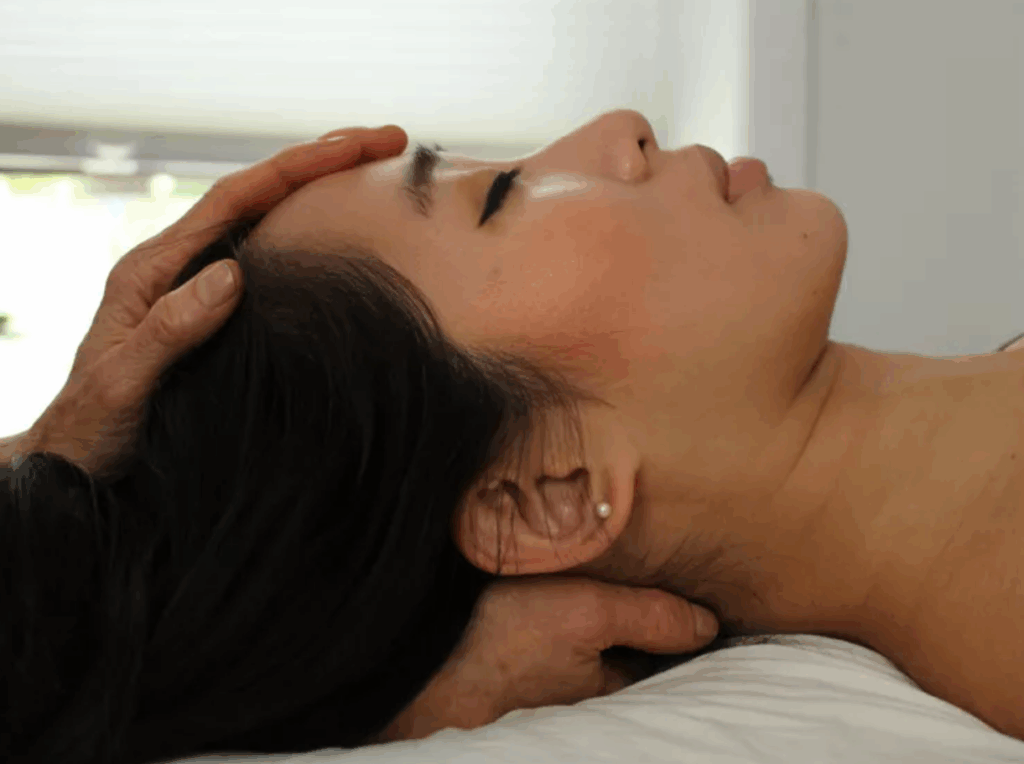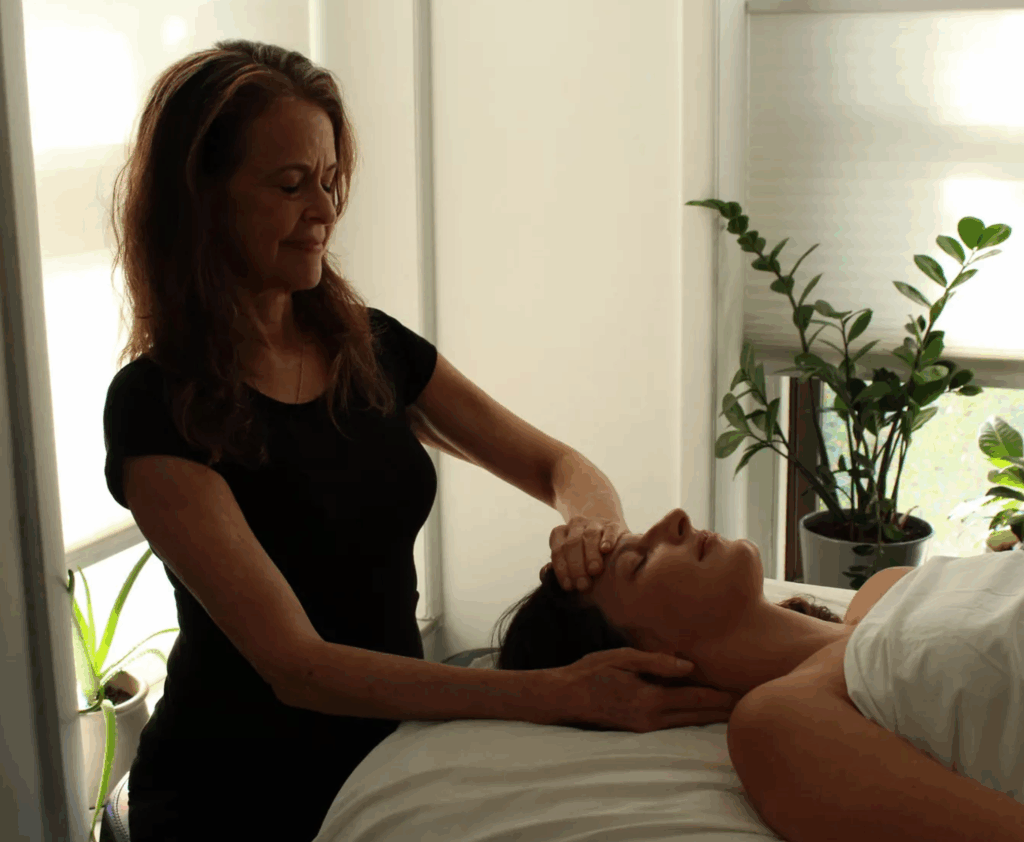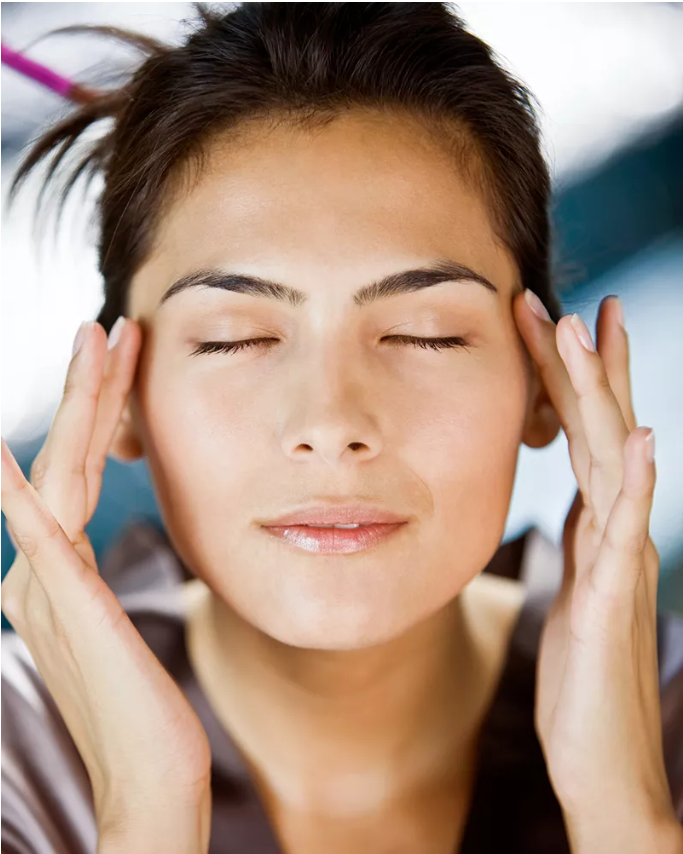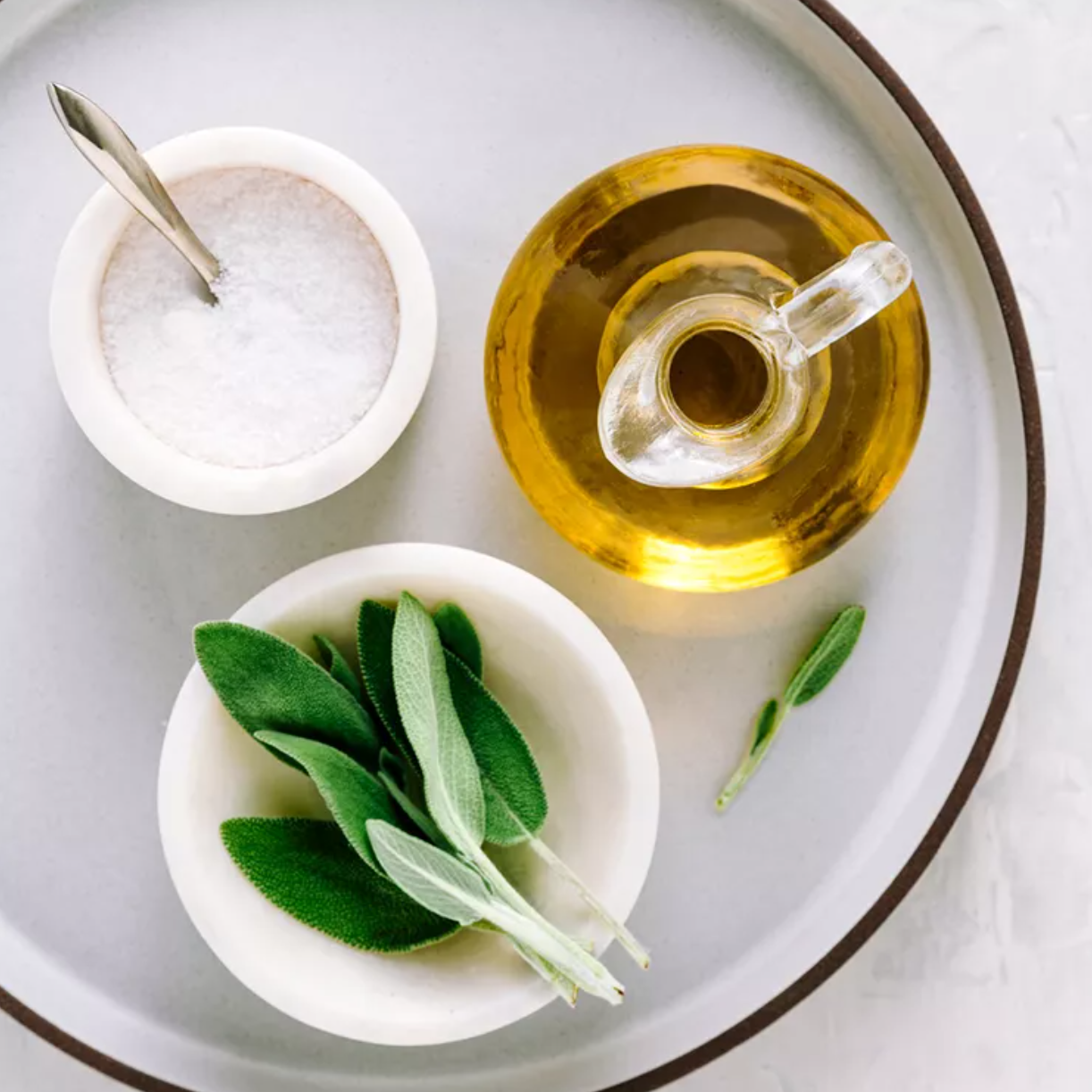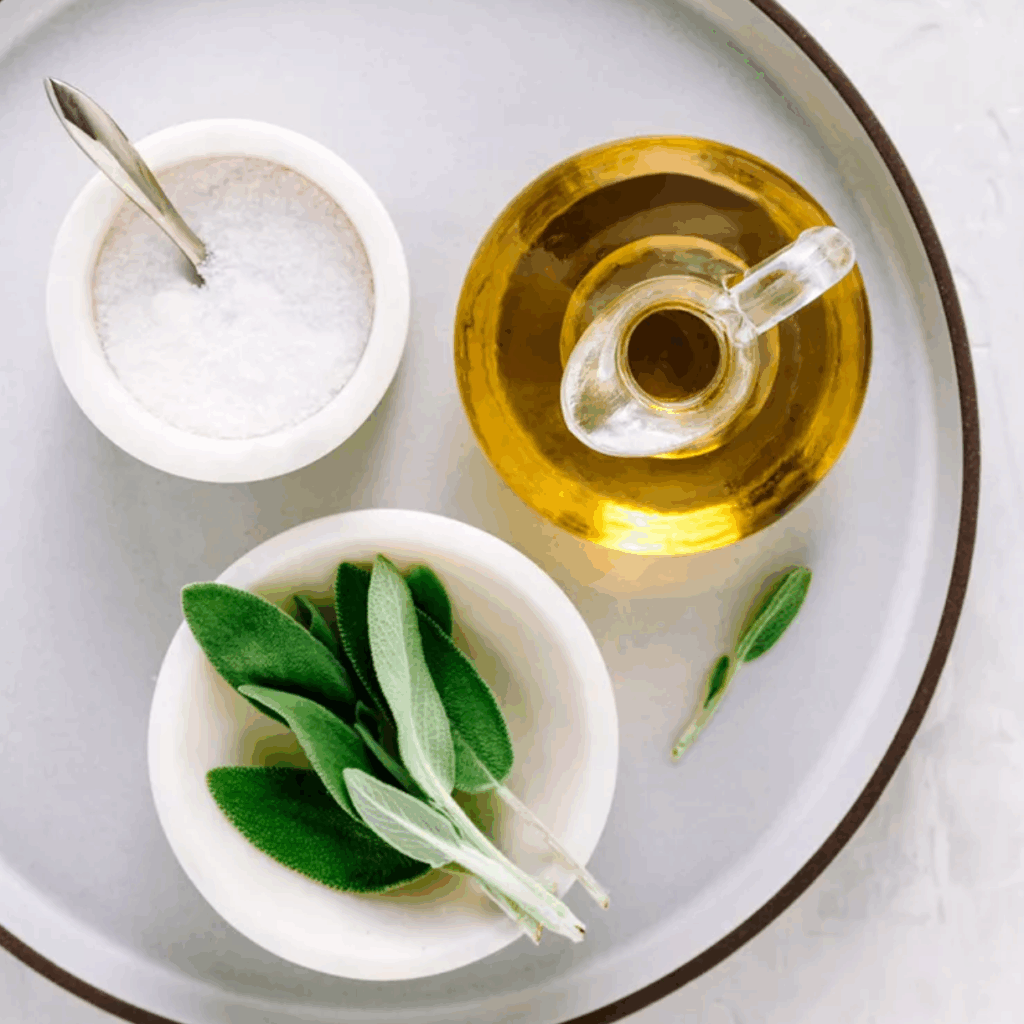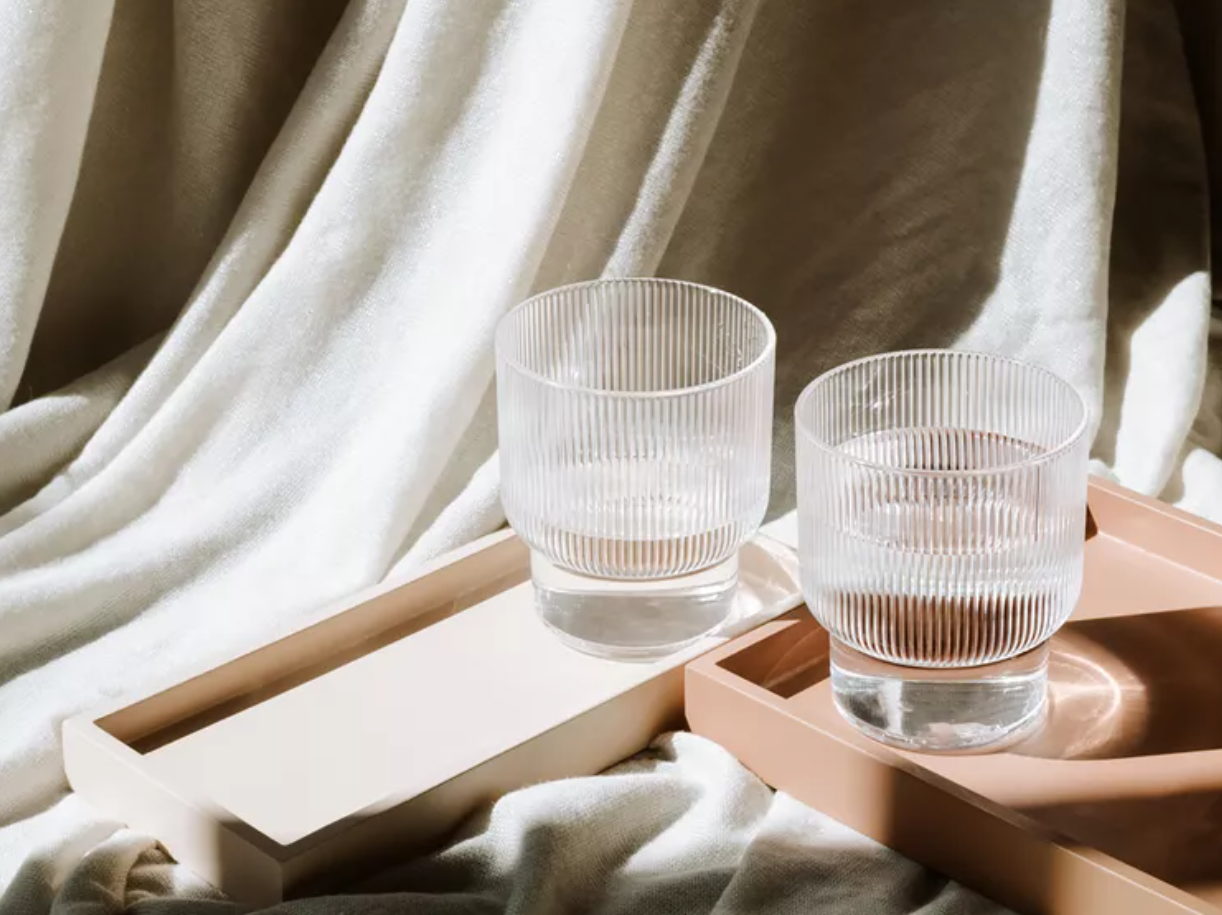Adulthood comes with a cruel irony: as kids, we fought against nap time, and now we’d pay good money for the luxury of mid-afternoon shut-eye. These days, between work, family, and a never-ending mental to-do list, sleep feels less like a nightly guarantee and more like a coveted prize. The CDC even reports that 1 in 3 adults isn’t getting enough sleep—so if you’re dragging yourself through the week, you’re in good company.
But here’s the good news: better rest is possible. We asked sleep pros Shelby Harris, PsyD, and Dan Gartenberg, PhD, to share their smartest, science-backed strategies for getting your body back into rhythm and waking up refreshed. Ready to reclaim your eight hours? Let’s dive in.

1. Stop Scrolling Before Bed
We’ve all been there: “just one more TikTok” turns into 45 minutes of doomscrolling under the covers. The problem? Your phone is sabotaging your sleep.
“Not only does scrolling expose you to blue light, but it also activates your brain and spikes cortisol—exactly what you don’t want at bedtime,” says Gartenberg. Unlike TV, phones are hyper-engaging and dopamine-fueled, making them harder to put down.
Pro tip: Use the built-in bedtime modes on your phone and keep it out of reach when you crawl into bed.
2. Turn Your Bedroom Into a Sleep Sanctuary
Your bed should be for two things only: sleep and sex. That’s it.
“When you work, scroll, or multitask in bed, your brain starts associating the space with stress and activity,” Gartenberg explains. “Instead, keep your bedroom quiet, dark, cool, and cozy.” Think breathable sheets, blackout curtains, and maybe even a white noise machine.
If you live in a studio, carve out a separate work nook—even if it’s just a desk in the corner—so your bed stays sacred.
3. Stick to a Schedule
Consistency really is everything.
“Going to bed and waking up at the same time every day helps regulate your circadian rhythm,” says Harris. That means no sleeping until noon on Saturday and no crashing at 9 p.m. on Sunday to “catch up.” Slow and steady routines work better than constant overcorrections.
4. Rethink Your Nightcap (and Afternoon Coffee)
It’s simple but worth repeating: caffeine lingers in your system for hours, and alcohol disrupts sleep cycles.
“Try to cut caffeine at least eight hours before bed, and avoid drinking alcohol within three hours of bedtime,” Harris advises. Translation: swap that 3 p.m. cold brew for tea, and save happy hour margaritas for earlier in the evening.
5. Move Your Body
The more energy you burn during the day, the easier it is to rest at night. “There’s strong evidence linking exercise with better sleep quality,” Harris notes. The key isn’t about intensity—it’s about consistency. A morning run, a yoga class, or even a brisk evening walk can help regulate your body’s natural rhythms.
6. Use Zeitgebers (a.k.a. Time Cues)
Here’s a fancy science word worth learning: Zeitgebers. They’re external cues—like sunlight, meals, and exercise—that influence your circadian rhythm.
“Sunlight is the most powerful Zeitgeber,” says Gartenberg. “If you want to shift toward being a morning person, get outside as early as possible.” Align your meals, workouts, and socializing with your desired schedule, and your body will slowly catch on.
7. Avoid “Social Jetlag”
Late nights out followed by Monday’s early alarm? That’s social jetlag. “Your body feels like it’s traveling across time zones every weekend,” says Gartenberg.
One hack: make Friday your late night so you have Saturday and Sunday to reset. If cutting back on nights out isn’t realistic, double down on other sleep-friendly habits during the week.
8. Wind Down With Intention
Your body needs a signal that it’s time to power down. “Relaxation techniques like meditation, breathwork, or gentle stretching before bed can help ease your mind and improve sleep quality,” Harris explains. Even five minutes of mindfulness can make your transition to sleep smoother.
9. When in Doubt, Call in the Pros
If you’ve tried it all and still struggle, it might be time to see a sleep specialist. “Every person is different,” Harris says. “A doctor can help pinpoint what’s going on and create a personalized treatment plan.”

